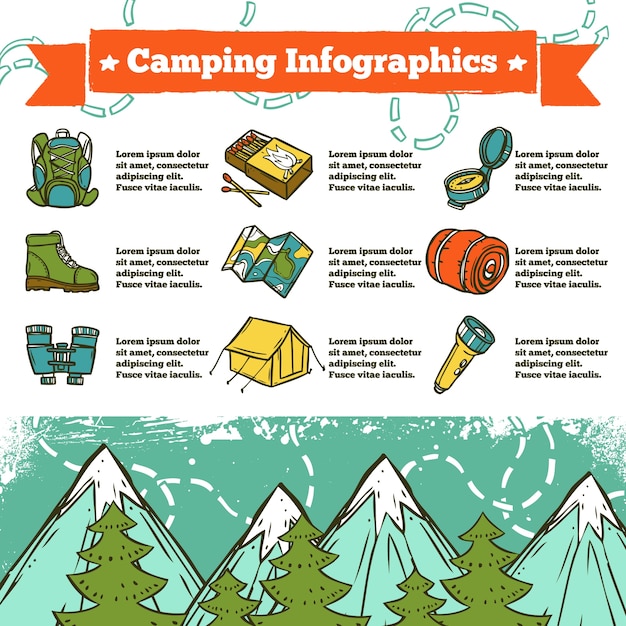Setting up your camping tent can be a challenging job for also knowledgeable campers. This overview will cover the essentials of pitching a camping tent properly and safely so you can appreciate your outdoor camping journey without tension or worry.
How do I protect my tent from rain?
Begin by laying out your camping tent's footprint and ground sheet to secure your outdoor tents floor from rocks, sticks, dust, and other particles. Next off, put together the camping tent posts and fasten them to the edges of the tent body utilizing the ideal sleeve or hook.
Choosing the Right Website
When you are worn down after a long day walking, you want to pitch your camping tent and prepare yourself to sleep. However you need to first walk around the website to make sure it is risk-free for outdoor camping. Look down and as much as figure out whether any trees have big dead branches that can fall on your tent. These are in some cases called widowmakers and you do not desire them to drop on you while you're sleeping.
Likewise make certain to avoid low areas that can flood during a tornado and to camp far from pet trails, nests and habitats where ticks and chiggers are more than likely to thrive. Try to find a flat, rock-free place that allows enough for your tent and any other gear you'll be bringing.
Some individuals like to establish their tents up so the head end is pointed toward the east to catch the sun's warming rays first thing in the early morning. This isn't constantly required, yet it is a wonderful touch that can help wake you up.
Pitching Tips
It may seem evident, yet correct tent pitching is one of the most crucial consider a good night's rest. Having a practice run in the house will help you familiarize yourself with your camping tent, discover all the post sleeves and bolts, and see to it whatever remains in area. It's additionally a blast to exercise using guylines for stability and to discover any damaged pieces.
When you reach your outdoor camping website, take a look at the surface to see if it appropriates for your outdoor tents. An excellent general rule is to pitch the outdoor tents on a level, degree place with a mild downhill angle. This will certainly permit rainfall to recede from the outdoor tents as opposed to merging before it.
If you can not discover a level area, consider placing a tarp or other groundsheet under your tent footprint to protect it from dampness. This can additionally aid maintain dust out of the outdoor tents.
Making Use Of Guylines Successfully
Making use of individual lines properly is vital to seeing to it your outdoor tents or hammock stays secure in high winds and other bad climate condition. An individual line is a rope or cord that affixes to the ground through loopholes and D-rings in the framework, tarpaulin, or rainfly.
Start by protecting one end of the line to a guyout loop on your tent or rainfall fly, or to the post it's attached to. After that loop the various other end of the line over a stake positioned faraway from the framework and tighten it.
Keeping your shelter's guy lines tight will prevent sagging or drooping throughout windy conditions, protecting against dampness from leaking into the outdoor tents or damages to the structure and enhancing convenience and safety and security during camping. Constantly inspect the tension of your guy lines throughout and after negative weather conditions to guarantee they continue to be protected. Additionally, consider loading a man line tensioner to easily readjust and preserve the proper amount of tension in your lines.
Taking Down the Outdoor tents
When resolving right into your camping area, find a spot with a level location and clear it of rocks and debris. Additionally, make sure to lay down an outdoor tents footprint or tarpaulin somewhat smaller than your outdoor tents body to prevent water merging. This assists maintain your camping tent dry from rainfall or condensation and can be especially helpful in gusty areas.
Examine your gear, consisting of luxury bell tents the camping tent stuff sacks to make certain nothing is missing out on. Inspect that the posts suit their clips and replenish first-aid products if needed.
When it's time to pitch your outdoor tents, begin by orienting the doors downwind, and stake down each edge of the tent. If the ground hangs or sandy, consider spreading out a tarp under your outdoor tents to protect it from wind and lower the possibility of your outdoor tents tipping over. Additionally, be sure to utilize guylines effectively to restrain your rainfly and keep it taut. A well-pitched camping tent can prevent leaking, condensation, and sunlight damage.
How do you keep a tent down in the wind?
